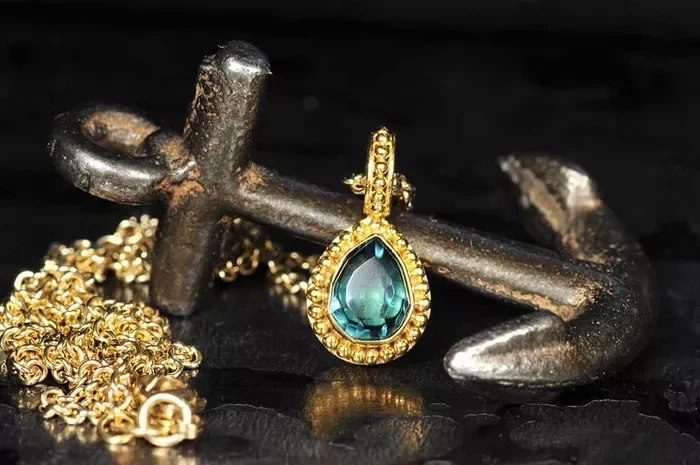Emeralds are renowned for their lush green hue and timeless beauty. As one of the four precious gemstones, emeralds hold a special place in the world of fine jewelry and are prized for their rarity and allure. However, not all emeralds are created equal, and certain colors command higher prices in the market than others. In this article, we’ll explore the factors that influence the value of emeralds and delve into what constitutes the most expensive emerald color.
Introduction to Emeralds
Emeralds are a variety of the mineral beryl and are characterized by their rich green color, which ranges from light to dark shades. The green color of emeralds is caused by the presence of trace amounts of chromium, vanadium, or iron within the crystal structure. While emeralds are valued primarily for their color, other factors such as clarity, cut, and carat weight also play a significant role in determining their overall quality and price.
Throughout history, emeralds have been treasured by royalty, nobility, and wealthy patrons for their beauty and symbolism. Ancient civilizations believed that emeralds possessed mystical powers and were associated with fertility, rebirth, and eternal youth. Today, emeralds continue to captivate gemstone enthusiasts and collectors alike, admired for their unparalleled beauty and rarity.
Factors Influencing Emerald Value
Several factors influence the value of emeralds, including color, clarity, cut, and carat weight. Let’s explore each of these factors in more detail:
Color: The color of an emerald is the most critical factor in determining its value. The most desirable emerald colors are vivid, saturated greens with a rich, intense hue. These emeralds are often described as having a “pure green” or “grass green” coloration and are highly prized in the market. Emeralds with slight secondary hues, such as blue or yellow, may also be valuable, depending on the intensity and distribution of the color.
Clarity: Like all gemstones, emeralds can contain internal characteristics known as inclusions. While some inclusions are acceptable and may even be expected in emeralds, stones with excellent clarity and transparency are more valuable. Eye-clean emeralds with minimal visible inclusions are highly sought after and command higher prices than heavily included stones.
Cut: The cut of an emerald can greatly impact its appearance and overall beauty. Well-cut emeralds exhibit brilliance, sparkle, and a pleasing symmetry that enhances their visual appeal. Popular cuts for emeralds include oval, emerald, and cushion cuts, although other fancy shapes may also be available. A high-quality cut can maximize the stone’s color and minimize any potential color zoning or extinction.
Carat Weight: As with other gemstones, the size of an emerald can significantly affect its value. Larger emeralds are rarer and thus more valuable than smaller stones. However, the price per carat tends to increase exponentially as the carat weight of the emerald increases, meaning that larger stones can be significantly more expensive on a per-carat basis.
The Most Expensive Emerald Color
While emeralds are available in a range of green hues, not all colors command the same prices in the market. The most expensive emerald color is typically a vivid, intense green with no visible secondary hues. These emeralds are often described as having a “pure green” or “grass green” coloration and are highly sought after by collectors and connoisseurs.
Emeralds with a pure green color are relatively rare and are prized for their exceptional beauty and rarity. These emeralds exhibit a lush, vibrant hue that is reminiscent of lush forests and verdant landscapes. The absence of any secondary hues, such as blue or yellow, enhances the purity and intensity of the green color, further adding to the stone’s allure and value.
In addition to the color itself, the saturation and tone of the green also play a significant role in determining the value of an emerald. The most valuable emeralds exhibit a high level of saturation, meaning that the color is vivid and intense. Stones with a medium to medium-dark tone are also highly prized, as they strike a balance between brightness and depth.
Ultimately, the most expensive emerald color is a matter of personal preference and market demand. While some collectors may prefer the pure green hue of Colombian emeralds, others may be drawn to the bluish-green tones of Zambian emeralds or the yellowish-green hues of Brazilian emeralds. Regardless of the specific shade, emeralds continue to captivate gemstone enthusiasts with their unparalleled beauty and timeless elegance.
Conclusion
In conclusion, emeralds are prized for their lush green hue and timeless beauty. The most expensive emerald color is typically a vivid, intense green with no visible secondary hues. These emeralds are highly sought after by collectors and connoisseurs for their exceptional beauty, rarity, and allure. Whether you prefer the pure green hue of Colombian emeralds, the bluish-green tones of Zambian emeralds, or the yellowish-green hues of Brazilian emeralds, there is a perfect emerald out there for every taste and budget.


